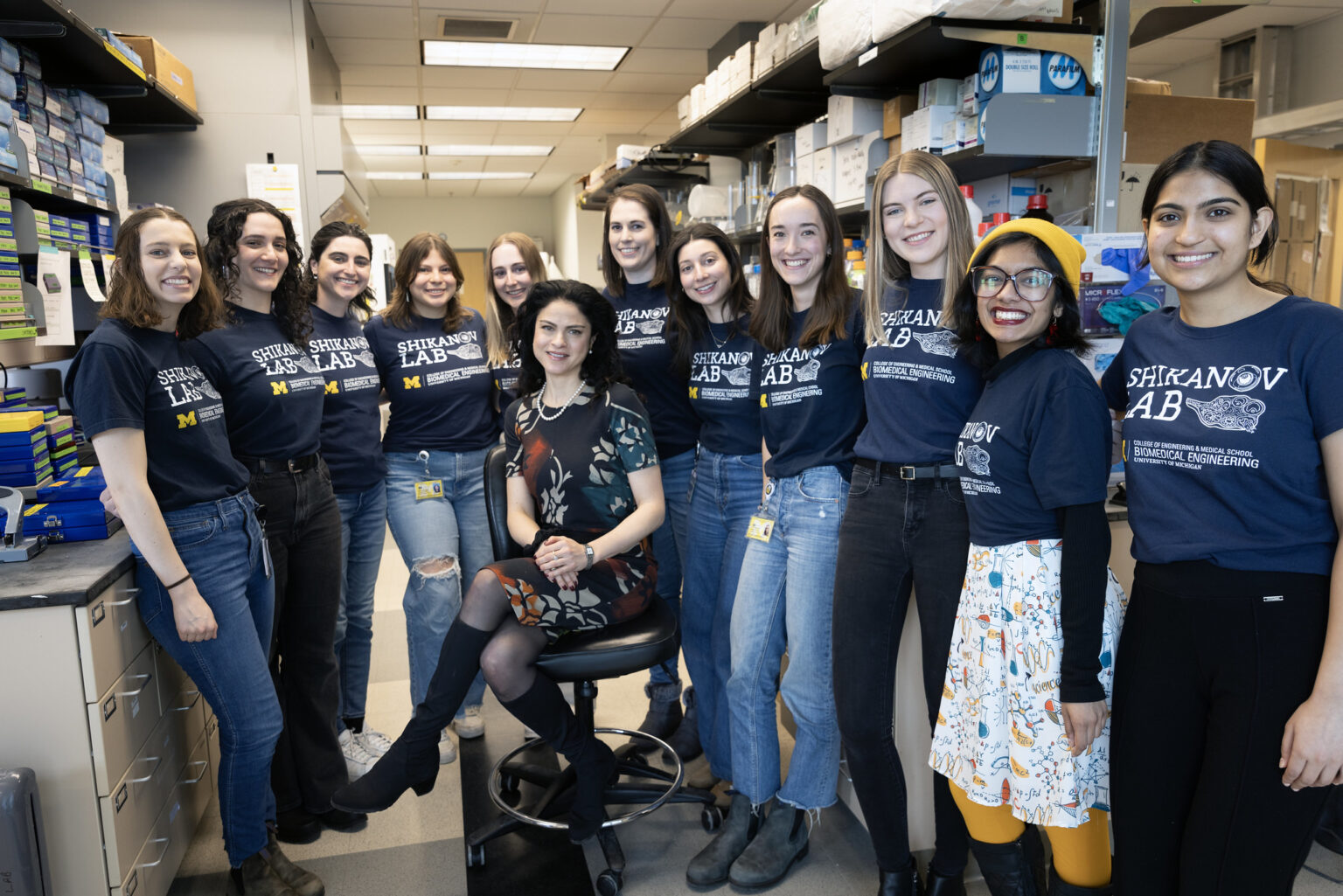
|
Getting your Trinity Audio player ready...
|
The potential of digital technologies to revolutionise surgery is now being realised as medical device manufacturers embrace more advanced, technology-driven approaches. This includes adopting next-generation robotic surgical systems and artificial intelligence (AI). The integration of AI fuels these advancements, along with augmented reality (AR) and virtual reality (VR) technologies, which are reshaping surgeries to be safer, more intelligent, less invasive, and tailored to individual patient needs. Incorporating digital technologies in surgery will enhance patient outcomes, refine surgical training methods, and minimise adverse events.

Earlier this year, engineers at the University of Michigan created a new “atlas” of the human ovary, offering insights that could lead to treatments restoring ovarian hormone production and the ability to have biologically related children. This deeper understanding may pave the way for creating artificial ovaries in the lab using tissues stored and frozen before exposure to toxic medical treatments such as chemotherapy and radiation.
Surgeons currently implant previously frozen ovarian tissue to temporarily restore hormone and egg production, but this method is limited by the survival rate of the follicles. These structures produce hormones and carry eggs.
The new atlas reveals the factors that enable a follicle to mature, which is crucial as most follicles wither away without releasing hormones or an egg. By using new tools that can identify gene expression at a single-cell level within a tissue, the researchers were able to identify ovarian follicles that carry the immature precursors of eggs, known as oocytes.
Understanding which genes are expressed in the oocytes could create functional follicles, potentially resulting in an artificial ovary that could be transplanted back into the body.
In discussing the integration of digital technologies into healthcare, Ariella Shikanov, U-M associate professor of biomedical engineering and corresponding author of the recent study in Science Advances, emphasised the importance of ensuring that these technologies do not add to the workload or create additional stress.
She highlighted that while these technologies represent a new frontier with a learning curve, they should only be implemented with proven outcomes or the ability to enhance patient care by treating more individuals per day. Ariella underscored the necessity for these technologies to be intuitive, user-friendly, occupy minimal space, be scalable, possess a short learning curve, and deliver immediate value to healthcare practitioners and patients alike.
“Most primordial follicles remain dormant in the outer layer of the ovary, known as the cortex. A small portion of these follicles periodically activate and migrate into the ovary to a region known as the growing pool,” Ariella explained. “Only a few growing follicles produce mature eggs released into the fallopian tube.”
Ariella asserted that engineered ovarian tissue may have a prolonged functional lifespan compared to unmodified implanted tissue, potentially extending the fertility window and the duration the body produces hormones crucial for regulating various aspects of health. Employing spatial transcriptomics technology, researchers have monitored all gene activities in tissue samples, thus uncovering which genes are active. This innovative method involves the analysis of RNA strands to discern gene expression patterns.
“This study enabled us to target ovarian follicles and oocytes for a transcriptional analysis, providing insights into the active genes,” Ariella affirmed.
The overarching objective of this project is to create comprehensive maps of every cell in the human body, enhancing the understanding of its functionality and the mechanisms behind various diseases.
In addition to this primary goal, the University of Michigan team is actively mapping multiple components of the female reproductive system, including the uterus, fallopian tubes, and ovaries.
Ariella envisioned that this advancement would lead to more precise, minimally invasive surgeries, shorter patient recovery times, and improved overall healthcare efficiency. She foresaw that these advancements will contribute to a better understanding of the human body, leading to discoveries and treatments for a wide range of diseases and conditions. Ultimately, she believed that this technology-driven revolution in healthcare would have a profound and positive impact on society as a whole.
















